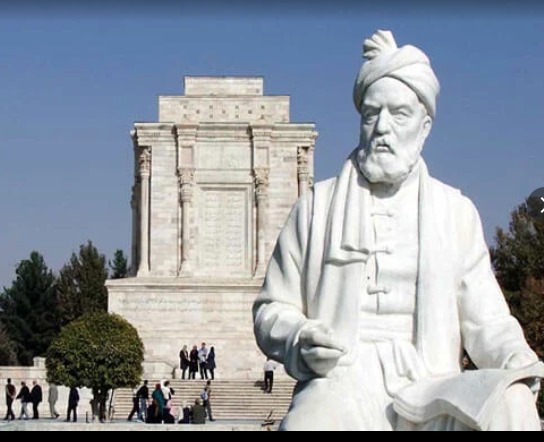
On May 15, in the Iranian calendar, we honor the celebrated poet Hakim Abolghasem Ferdowsi, whose tireless efforts have profoundly shaped Persian language and literature.
Culture and civilisation live on through enduring, expressive tongues—and it is through masters like Ferdowsi that Persian prose and poetic rhythm have reached their extraordinary heights.
Ferdowsi’s ‘Shahnameh’ stands as his crowning achievement and a cornerstone of Persian literature.
He embarked on this epic at a time when Persian had matured enough to tackle diverse themes but still lacked a standardized form, with each region and city speaking its own distinct dialect.
He is traditionally thought to have embarked on the Shahnameh at around thirty years of age, adapting Abu Manṣur’s earlier prose version, though his command of verse and the use of oral legends imply he may have been composing related passages even in his youth.
He completed the first recension in 384 AH (994 CE), three years before Maḥmud of Ghazna’s accession, and delivered the final edition on 8 March 1010 CE (400 AH), at the age of seventy‑one.
The era of Ferdowsi marks the golden age of Iranian epic poetry. During this period, Masʿud Marwazi, Daqiqi, and Ferdowsi each produced their own triad of epic works, a creative surge that not only popularised the prose narrative of heroic and national tales but also set the stage for a flourishing of new epics under the Seljuk dynasty.
His mastery of oratory rests on the foundation laid by his forebears—those who, over more than a century, enriched Persian, refined its grammar, and elevated its artistic expression.
He acknowledged that, without their labours in maturing the language and its poetic forms, the Shahnameh could never have been realised.
Though critical of philosophers who sought to prove God’s existence through intellect or sentiment, Ferdowsi believed that divinity reveals itself simply through creation’s unity and power. Thus, he worshipped without disputing theology, focusing instead on righteous action.
Throughout his poetry, he extolled wisdom—deeming it the foremost of all creations, the source of salvation, and the greatest gift bestowed by God.
Wisdom, Ferdowsi teaches, is the wellspring and currency of all virtue. Every aspect of life—its trials, its joys, and its sorrows—stems from the presence or absence of this guiding insight.
A truly wise individual, by living according to a deliberate and structured plan, continually progresses toward the pinnacle of human potential.
Ferdowsi is widely honored with the title "Hakīm," a term that, in Persian culture, denotes a sage or philosopher.
His extensive scholarship and deep engagement with the cultural and historical narratives of his time exemplify these qualities, solidifying his reputation as a true "Hakīm."
Ferdowsi identifies a range of moral virtues as the foundation and expression of true wisdom: refraining from improper behavior, practicing patience and gentleness, avoiding haste, arrogance, and pride, acknowledging the worth and dignity of others, shunning materialism, speaking with discernment, keeping the company of the wise, and guiding the ignorant toward understanding—all rooted in obedience to God.
His work, beyond its poetic brilliance, was also a scholarly endeavor. He did not merely craft legends; rather, he carefully gathered and curated historical and cultural material from the vast body of knowledge available to him. Through this effort, he created a timeless epic that preserved the collective memory of Iranians, Turks, and Indians alike.
Ferdowsi was a poet of profound moral vision who rose to prominence during the Samanid era, playing a vital role in safeguarding the Persian language from forces that sought to diminish or erase it.
His monumental work, the Shahnameh, composed of some 50,000 couplets, remains a cornerstone of Persian literary heritage and a living testament to the language’s richness and vitality in the modern world.
The Shahnameh has been translated into most of the world’s major languages, and one of its treasured manuscript copies is preserved in the Florence Museum in Italy.
Ali Pourmarjan, cultural counsellor, Embassy of the Islamic Republic of Iran, Nairobi.










